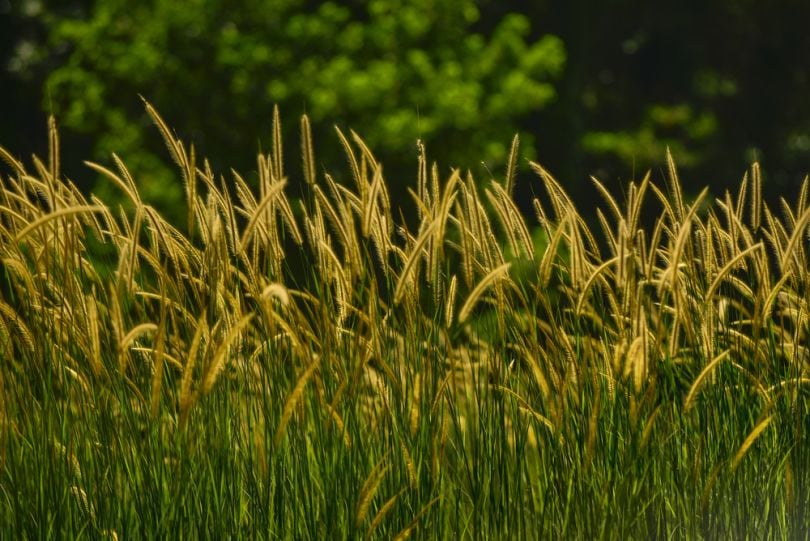
Steering clear of protected species is mandatory for forestry and construction companies in the U.K. The superb camouflage of European nightjar (Caprimulgus europaeus), however, complicates spotting the bird inside a patch of vegetation.
To locate nightjar nests, Cardiff University researchers in Wales are testing thermal-sensing cameras mounted on drones in a pilot study, reports Mongabay.
“Nightjars are camouflaged to look just like a fallen log or dead wood,” lead author Mike Shewring, a Cardiff University Ph.D. student, said in a statement. “They nest on the ground and ‘sit tight’ when approached to avoid detection, which makes it nearly impossible to spot them during the day when they are inactive.”
Searching for these nocturnal birds lurking in vegetation via ground nest surveys is “costly, time-consuming, and potentially hazardous,” according to the outlet.
Findings from this study reveal that drone-mounted thermal cameras could make surveys of these and other ground-nesting bird species quicker, simpler, more cost-effective and more accurate, Shewring told Mongabay that this method is best reserved for use in grasslands and similar habitats, rather than forests.
“We were conducting surveys in grassland up to one meter [3.3 feet] in height, and it worked well in this scenario,” Shewring said. “I would think the denser the vegetation and the more water it holds, the more this would mask the thermal signature, i.e. looking [for] nests at ground level through dense woodland canopy would unlikely be successful.”
“Our preliminary findings demonstrate the potential of drones for surveying nightjars during their breeding season, allowing forestry managers to locate nests more accurately and plan their works adequately.”
“Our preliminary findings demonstrate the potential of drones for surveying nightjars during their breeding season, allowing forestry managers to locate nests more accurately and plan their works adequately,” project supervisor Robert Thomas said in the statement. “This methodology could also have wider applications, since it could technically be adapted to detect any warm-blooded species.”
Further research is suggested to determine the impact of drone flights on the nightjars.
“We don’t know whether the nightjars perceived the drones as a predator,” Shewring added. “This would be interesting to explore in future studies to ensure that the sight and sound of drones don’t have any negative impacts on the birds’ stress levels or metabolism.”
Shewring and his team plan to refine their software and analyses this year, and hope to roll out these thermal camera-equipped drones to forest management companies by 2020.



